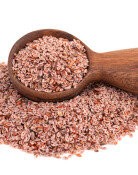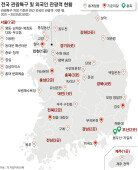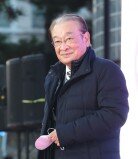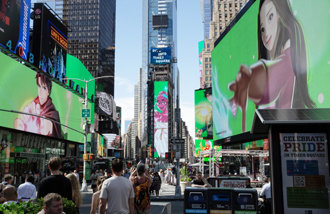Uniqueness in Fashion Comes With Japanese Wave
Uniqueness in Fashion Comes With Japanese Wave
Posted March. 03, 2008 03:00,
Around the first anniversary of its Chungmuro branch, the Shinsegae Department Store opened the shops of Comme des Garçons, Zucca and Specchio, which are Japanese luxury fashion brands.
Until recently, Japanese high-fashion brands had only been introduced through the edition shop, where a number of brands are collected in themes. This is the first time several brands have been simultaneously launched with their own shops within a department store.
○ Popularity of Primary Colors
Talks on Japanese luxury clothing lines began spreading one after another from mouth to mouth among wealthy people in Seouls affluent Gangnam district from 2000.
Though Japanese consumer electronic goods and automobiles have been highly popular in Korea, the Japanese luxury fashion collections have not been introduced until recently because of their unique designs.
But as the wealthy consumers got tired of conservative designs of European brands, they began to turn their eyes to the uniqueness of Japanese brands. The recent popularity of primary colors in fashion also made a contribution.
Comme des Garçons is a brand led by Rei Kawakubo, a famous Japanese fashion designer working in France, and takes much after performance arts. Zucca is well known for designs conspicuous with European-style colors and the controlled beauty characteristic of Japan.
Chae Jeong-won, a merchandiser of the Shinsegae Department Store, said, Japanese fashion brands are popular among ladies in 40s because their products do not need to be mended after purchase unlike European brands designed to fit the figures of Western people. Issey Miyake, a Japanese prestige brand, was so popular that its sales ranked the second following that of Burberry among luxury brands in the Gangnam branch of Shinsegae last year.
Since 2006, the Galleria Department Store has launched shops of Japanese expensive clothing brands such as Onitsuka Tiger, Rosebullet and Tsumori Chisato. Recently it introduced mens fashion brand Random. Merchandiser Lee Sang-yeop of Galleria said, Japanese brands attract customers in 20s and 30s with the wide range of prices.
○ Eating and Drinking Japan
Japanese products have penetrated deep into the everyday lives of Koreans even in the area of consumer goods such as packaged food, alcohols and necessities, creating new Japanese Wave.
On the floor of imported goods at the Shinsegae Department Store, Japanese products ranging from natto, soybean sauce to ramen and chocolates take up 40 percent of all products in display. Types of products grew in number as well and now there are about 1,200 types of Japanese products. In 2003, only about 100 kinds of products were sold in 2003 when Japanese goods began to be imported in full-scale.
Mr. Donut, a donut franchise brand boasting the biggest market share in Japan, opened its first store in Korea in April last year and added five more within a year.
With the weakening of Japanese currency yen and heightened distrust on Chinese products, an increasing number of people now favor Japanese products, said sociology professor Jeon Sang-jin of Sogang University.
wiseweb@donga.com yunjung@donga.com
Headline News
- N. Korea redefines S. Korea as ‘hostile state’ in revised constitution
- Samsung develops graphic DRAM with industry-leading capacity and speed
- Three questions allegedly leaked via text message during Yonsei Univ. essay test
- China to inject 340 trillion won in loans to support real estate sector
- Dodgers beat Mets to take 2-1 lead in NLCS







